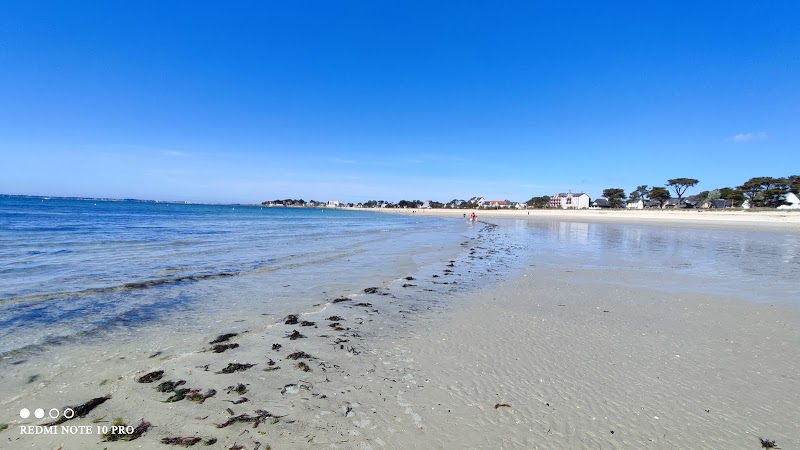
Ria d'Etel Nature Reserve Adventures
Ria d'Etel Nature Reserve protects a unique tidal estuary on the southern coast of Brittany, France, known for its diverse birdlife, rich marine ecosystems, and scenic coastal landscapes.
About Ria d'Etel Nature Reserve

The Ria d'Etel Nature Reserve is situated along the southern coast of Brittany in the Morbihan department of France. This protected area encompasses the estuary of the River Etel, a tidal inlet characterized by its complex network of salt marshes, mudflats, and islets. The landscape is heavily influenced by the tidal rhythm, creating dynamic habitats that support an exceptional diversity of flora and fauna. The reserve is internationally recognized as an Important Bird Area (IBA) due to its significance for migratory and overwintering bird species. Key bird species commonly observed include shelducks, oystercatchers, and various species of sandpipers and waders, making it a favored destination for birdwatching enthusiasts. The estuary’s sheltered waters also foster rich marine life, supporting shellfish beds and salt-tolerant plant communities.
The Ria d'Etel area has a long history tied to traditional fishing and oyster farming, which are still practiced sustainably today. Visitors can enjoy hiking along coastal paths that offer panoramic views of the estuary, as well as guided tours focused on natural history and conservation. Kayaking and small boat trips provide unique vantage points for observing wildlife and the natural beauty of the inlet. The nature reserve forms part of the larger network of protected coastal areas in Brittany and plays a crucial role in conserving wetland ecosystems under various European environmental directives. Its blend of natural richness, cultural heritage, and accessible recreational opportunities draws eco-tourists and nature lovers seeking a tranquil, scenic escape with abundant wildlife viewing.
Highlights
Extensive salt marshes and mudflats supporting diverse marine birds
Observation platforms designed for birdwatching and photography
Traditional oyster farming villages adjacent to the reserve
Kayaking and small boat excursions through quiet estuarine channels
Notable Natural Features
Etel Estuary
A tidal inlet with rich mudflats and salt marshes that provide critical habitat for numerous bird species.
Oyster Farming Areas
Traditional fisheries operating sustainably along the estuary, offering cultural insights into local livelihoods.
Bird Observation Platforms
Strategically placed viewing points designed to minimize disturbance while providing excellent wildlife observation.
